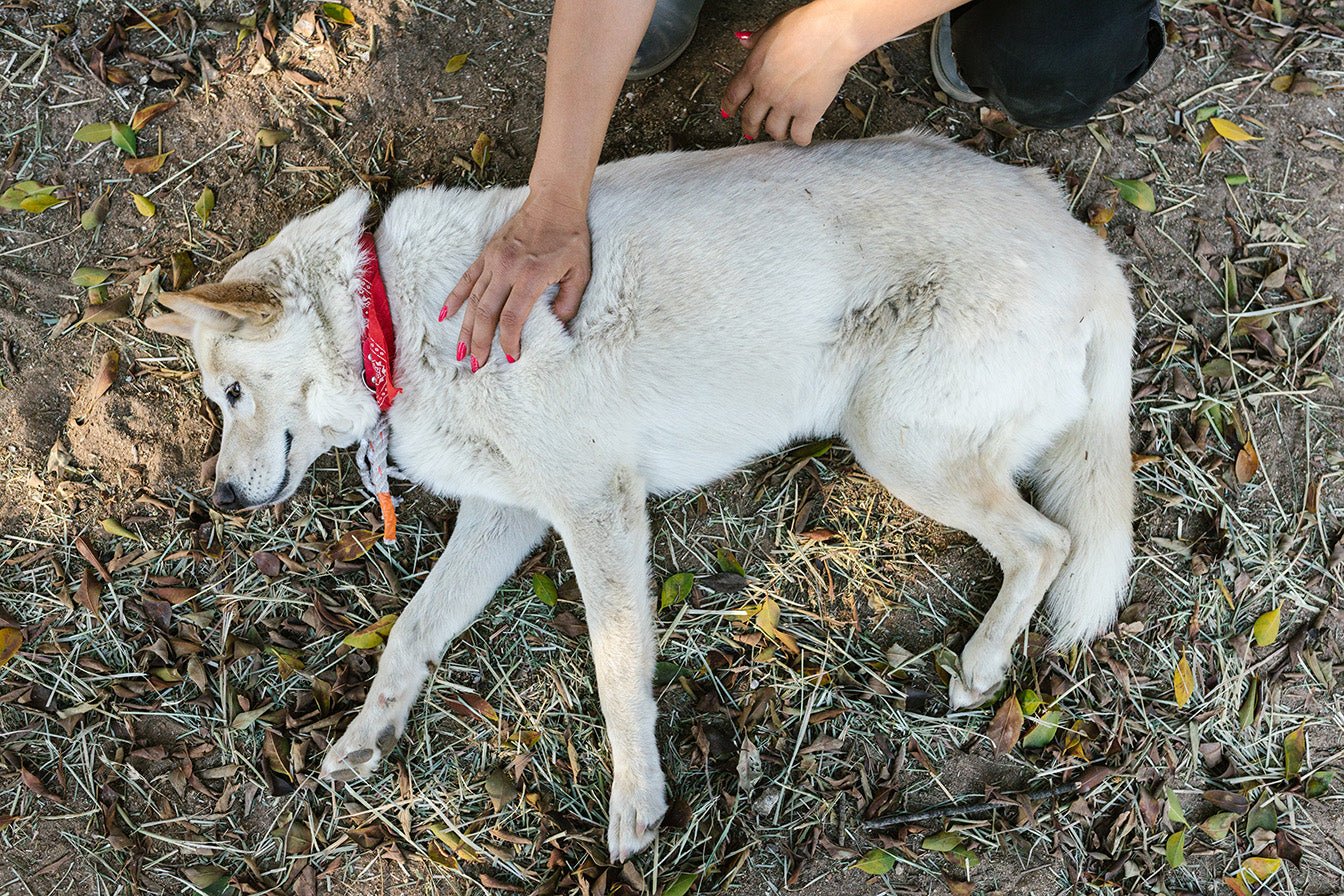There’s a Lump on My Dog: What Should I Do?
- by Andrea Nunez
-

Most lumps and bumps on a dog are harmless, but occasionally they can be malignant (cancerous). Older dogs have a higher chance of developing cancerous lumps than younger ones, but that doesn’t mean that younger dogs aren’t at risk too.
Read on to find out if you should contact your local vet about a lump on your dog, and what may be causing it.
Types of lumps on a dog
There are many, many different types of lumps and bumps that your dog may get: some completely harmless, and others life-threatening.
Benign lumps
Benign lumps are non-cancerous, and most likely harmless. They will not spread to other areas of the body, although they can grow which can cause problems by restricting movement or breathing, depending on their location.
Fatty lumps
Fatty lumps (lipomas) are often found in older or obese dogs. They are usually round and are unlikely to spread. Like benign lumps, they are often not harmful unless they restrict breathing or movement in the dog.
Abscesses
Abscesses are caused by an infectious agent, and are effectively a build up of pus under the skin. They need to be drained, and occasionally require a course of antibiotics to clear up the infection.
Cancerous lumps
Cancerous (malignant) lumps can spread throughout a dog’s body, affecting many different organs. Malignant lumps need to be removed as quickly as possible, and treated with a course of chemotherapy and radiation therapy to give the dog the best chance of survival.
Other types of lumps not mentioned here include hives, cysts, histiocytomas, adenomas, warts, granulomas, haemangiomas, mast cell tumours, soft tissue sarcomas, melanomas, carcinomas, osteosarcomas, and chondrosarcomas.
When should I worry about a lump on my dog?
Any lump that you find on your dog should be checked out by a vet as soon as possible. Your vet can carry out tests such as a fine needle aspiration, impression smear, lab test or biopsy to diagnose and help ascertain whether the lump needs to be removed or not.
Are cancer lumps on dogs hard or soft?
Cancerous lumps tend to be harder and more firm than other, fattier, lumps on a dog. Having said that, it is imperative that you get the opinion of a professional to determine the cause and severity of your dog’s lump.
Should I take my dog to the vet for a lump?
Yes, it’s important that you take your dog to the vet to assess the lump. Many lumps and bumps are completely harmless, and can either be left alone or removed. However, some lumps can be malignant, which is very dangerous for your pup and will require immediate treatment.
What causes lumps to suddenly appear on a dog?
Lumps can appear on your dog’s skin because of an infection, insect bite, allergic reaction, cyst or insect such as a tick. However, they can also appear as a result of a cancerous growth, which has the potential to spread to other parts of the body and is very serious. Lumps are much more common in older dogs, but can occur on dogs of any age.
Should I check my dog for lumps?
Yes, it’s a good idea to check your dog for lumps regularly. You can make it part of your routine, for example when you give them a bath. Run your hands through your dog’s fur and over their skin to feel for abnormalities. If you notice any new lumps or bumps, book in appointment with your local vet to get it checked out. It’s better to be safe than sorry!
Sustainable pet supplies by Nina Woof
If you’re looking for ways to become a more environmentally-friendly pet owner, then why not browse our range of vegan leather pet accessories. From AirTag-enabled dog collars to premium compostable dog waste bags, Nina Woof has everything you need to pamper your pet in a sustainable way.





